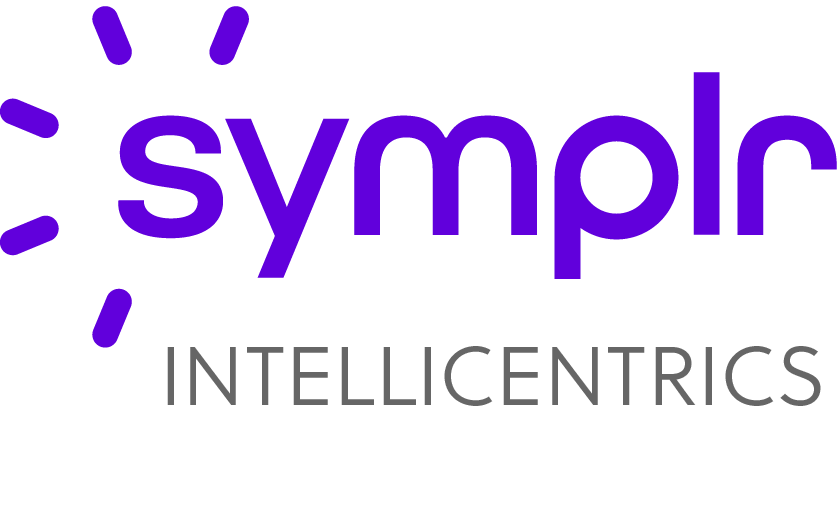Every form of technology has a shelf life. Updates and other support can extend the life cycle for years, but eventually, new and more efficient technology replaces existing systems. Medical credentialing is not immune to this cycle—no matter how efficient your existing technology is, it will need an upgrade at some point.
Here’s an overview of what sunsetting technology means, how to prepare for sunsetting an existing credentialing system, and how to prevent disruptions in credentialing services during a software transition.
What Does Sunsetting Mean?
In the technology industry, software sunsetting refers to intentionally discontinuing a service, software, or feature. The reasons for sunsetting technology vary and may include ending a service due to a lack of users, replacing older software with new, more efficient services, or if the technology supporting the original software is no longer available.
Preparing for Sunsetting in the Credentialing Space
What does sunsetting mean in the medical credentialing business? Your credentialing system enhances your facility’s security, operational efficiency, and ability to comply with regulatory bodies while improving patient experience. An interruption in the credentialing process can negatively affect your care environment, staff, and patients.
Preparing for software sunsetting helps avoid such interruptions. Bear in mind that transitioning to new technology is time-consuming and complex. Considerations include:
- Understanding your current credentialing system’s life cycle. How much longer does your current vendor plan to support the software? How much time will the vendor schedule for sunsetting technology, and what are the vendor’s plans after the system sunset? Will a new product replace the older system, and if so, will it provide the features you need?
- Understand your own needs. Consider your reasons for software sunsetting. Changes in industry regulations, patient needs, and credentialing software’s ability to interact with other software processes may drive the need to replace your existing system.
- Review all legal, ethical, and regulatory considerations. You must be able to meet your legal and regulatory requirements during the sunsetting process. You may need to notify regulatory agencies of your intent to sunset software systems. Consider the ethical implications of sunsetting technology so the process has a minimal impact on staff, vendors, and patients.
- Create a transition plan. Create a comprehensive plan for sunsetting technology, with a sunsetting schedule that lays out all major transition events. Communicate the plan to all stakeholders, collaborating with software providers, staff, and vendors to ensure a smooth transition.
- Document everything. Keeping a record of the entire sunsetting process helps you determine which strategies worked and which need improvement when you review the completed process.
Preventing Disruptions in Your Credentialing Process
Sunsetting technology can lead to disruptions in your credentialing process and a risk of increased errors and credentialing delays. Ideally, implement your new system before software sunsetting so the credentialing process remains unbroken.
Start Planning for the Future
Software sunsetting may not impact your credentialing process for years, but it is inevitable. Having an advance plan for a system sunset makes the process go smoothly—and prevents unexpected problems. Sunsetting can occur without warning if your software provider is sold to another company or encounters financial challenges. We can help you create such a plan and minimize disruptions caused by sunsetting.
We hope you enjoyed reading this article. At IntelliCentrics, we have helped over 10,000 facilities improve their operational efficiencies, grow their revenue, and improve their compliance. Our digital technology has been optimized over 20 years to deliver best in class vendor and medical credentialing, as well as payer enrollment. If you would like to learn more, please click on the button below and schedule 15 minutes with one of our team members.




